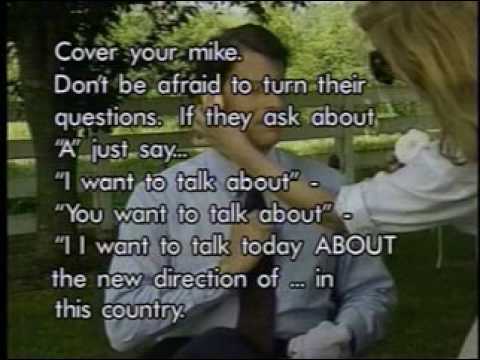
Have a race coming up and want so much to do well. Any advice?
There is the little trick of “drafting” that often escapes many amateur runners, and yet resorting to this technique can save you precious energy which usually translates into faster timings. And so help you achieve your PB, all other factors like proper running form, correctly trained, right fueling and hydration and forth being constant.
Drafting, also called as slipstreaming, is a technique resorted to reduce the overall effect of drag due to exploiting a front runner’s slipstream. We are all aware that wind resistance is a “drag factor” that slows us down when running, or causes us to expend more energy to sustain the same pace. Drafting is especially useful in faster sports like cycling and the peloton formation adopted by cyclists minimizes wind resistance.
Across any race, runners face large patches of calm air with occasional patches of strong head winds. Most runners will resort to drafting when faced with strong head winds and one of the simplest methods is to simply fall in with other runners. A runner should attach himself to a group that is running at his pace – or slightly faster though not more than 10sec/km as then you are deviating from the pace you have trained and risk burning out. And then find a position “within” so that the others are breaking the wind but remember that courtesy requires that you contribute and so occasionally change positions.
The situation in calm winds is not so straight forward. Most runners will not consider drafting at these times which is correct for runners slower than 5min/km pace but not so for the faster runners. Studies show that for the truly fast runners, drafting in calm sections can save up to 80% energy that would otherwise be expended fighting wind resistance, translating to about 2 seconds/km. Not huge by itself but up to a minute across the marathon and that is still nice.
Another factor besides wind resistance worth considering when drafting within a group is the group dynamics which carries you and makes the pace seem easier. Key word here is “seem” as this energy saving (even if only psychological) will help you run faster in the later sections.

Be the first to comment